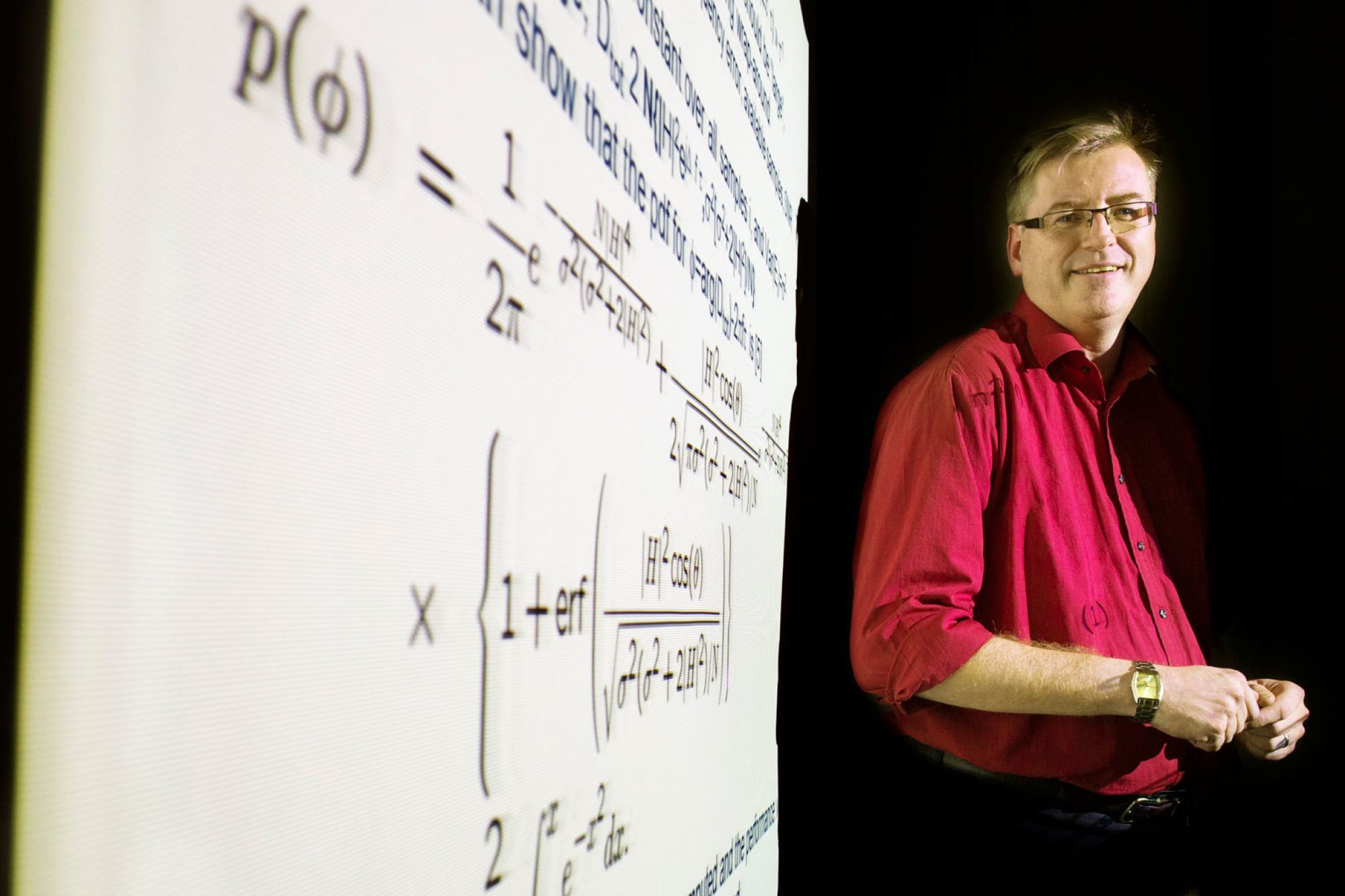In the last post, I showed that around 30% of the patents created in large companies within the area of digital communication, such as Huawei, Ericsson, Qualcomm, Nokia etc. originates from the top 100 inventors. Hence a very large part of the patent portfolio is created of less than 1% of the R&D employees, and therefore these top-inventors will create a large value for the companies.
Below I will do some back-of-the envelope calculation of the value of top-inventors. I will focus on Ericsson, mainly due to that they invest a lot in R&D and patents, and have a lot of patents (42000+ ) and license their developed technologies in open standard, such as the cellular communication standard LTE (“4G”) to other players in the market, and have been quite successful in their patent licensing business during the last 10-15 years and have a quite significant patent licensing revenue stream.
All the calculations below are based on open sources and clever guesses, and patent statistics is based on search using lens.org.
According to the annual report , Ericsson made 10 BSEK in patent revenues 2016, and during the last 5 years the revenue have been 7-15 BSEK, so hereinafter we use 10 BSEK/per year in patent revenues. Furthermore, Ericsson claims to have 42000 granted patents world wide (I guess they mean valid, still paid). Using the 30% created by the top 100 inventors, we have that 12600 patents, or 3 BSEK/year of the patent revenue originates from the top-100 inventors. That is 30 MSEK per year o average (Looking at the patent distribution between top 100, it is very skew, meaning top 10 inventors produce approx. 3-8 times than the inventors #90-100, but for easiness we take the average) the top 100 inventors “create” in patent revenues for Ericsson per year! Of course, creating patents and keeping patents alive come with a cost, so everything is not a profit.
But how much of these 30 MSEK is pure profit? Let us do an estimate. According to the annual report, the R&D spending is around 34 BSEK/year and with 24000 employees that gives an average cost per employee of 1.4 MSEK. The top-inventors are senior persons and hence the cost for such a person is, say twice the average number, say 3 MSEK/year. Patent maintenance and cosst associated to patent development are included in the R&D numbers, but to be conservative, we add the cost of creating and maintaining patents to the 3 MSEK number. How much is that? When looking at the Swedish patent office, PRV, a typical cost for a patent family (including 10 patents) over a life length of 11 year is around 700kSEK rounded to, say 1 MSEK. Hence the cost per patent per year is 1M/10/10=10 kSEK, and on average, a top-100 inventor at Ericsson has contributed with 126 patents, which means 1.26 = 1.3 MSEK per year.
So; A top 100-inventor at Ericsson generates patents giving a revenue stream of 30 MSEK/year, while the yearly cost of one of the top 100-inventor is upper bounded by 3+1.3 =4.3 MSEK.
That is quite good margin, I will say. Again, as a suggestion to all companies out there investing heavily in Research and Development; keep your top-inventors happy and loyal to the company, they are extremely valuable.
